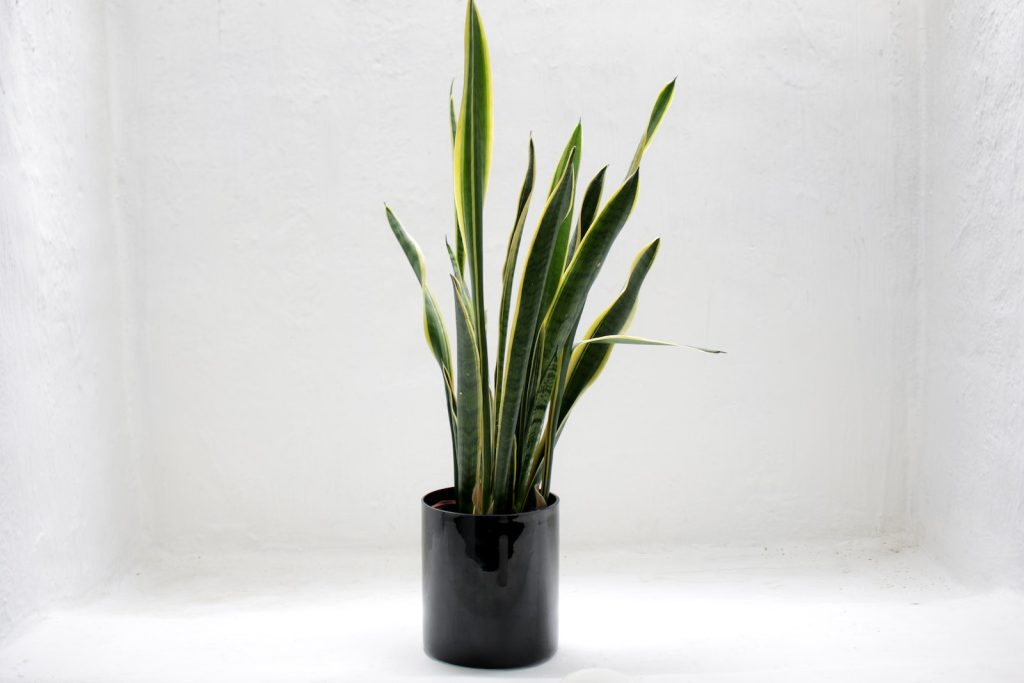Indoor Greenery: The Key to Boosting Your Wellbeing
In today’s fast-paced world, people in both Europe and the US find themselves spending an astonishing 90% of their time indoors. However, the consequences of prolonged indoor living on mental health are becoming increasingly apparent. The World Health Organization has estimated that a staggering 5% of adults worldwide suffer from depression, and stress, depression, and anxiety accounted for a significant 55% of all working days lost in the UK during the 2021-22 fiscal year. Consequently, even small improvements in mental health can yield substantial personal and financial rewards.
Fortunately, a simple solution lies within our reach for those confined to their indoor spaces—the humble houseplant. Houseplants offer a convenient means of connecting with nature, a vital pursuit, particularly for young individuals who often lack access to outdoor gardens.
Research has uncovered several mental and physical health benefits associated with indoor plants. Studies have revealed that houseplants can reduce stress levels, lower blood pressure, and enhance overall emotional well-being. Furthermore, work environments adorned with plants have shown higher levels of job satisfaction and fewer health complaints among employees.
Houseplants possess the innate ability to make us feel good due to our inherent desire to connect with nature. Moreover, the lush green hues exhibited by most houseplants are universally regarded as calming, contributing to an improved state of mind. A mere addition of a single plant can transform a dull space, infusing it with vitality and boosting our mood. However, the question remains—which houseplant should you choose?
Unveiling the Psychological Impact of Houseplants
In a collaborative study conducted by researchers from the University of Reading and the Royal Horticultural Society, the psychological responses of 520 individuals were examined. Participants were presented with an online photo-questionnaire, consisting of 12 photographs showcasing various houseplants with different shapes. Based on their impressions of the plants’ appearances, participants identified their favorite and least-favorite specimens. They were then prompted to score different aspects of each plant’s appearance using a set of contrasting adjectives. Additionally, the participants rated their perceptions of each plant’s benefits for well-being and air quality.
The study encompassed eight commonly found houseplant species in the UK: weeping fig, mother-in-law’s tongue, cactus, prayer plant, bird’s nest fern, golden pothos (also known as devil’s ivy), dragon tree, and palm (represented both as a healthy and neglected plant).
Overall, participants concluded that all green and healthy plants contributed positively to their well-being. However, three plants stood out—pothos, weeping fig, and palm—believed to deliver the most significant sense of well-being. Notably, these benefits were observed to increase as the attractiveness of the plants escalated. Conversely, unhealthy plants were met with negative perceptions.
Elevating Wellbeing with Lush Greenery
The findings of this study indicate that plants with abundant, lush green leaves, extensive leaf area, and dense canopies offer the most significant boost to well-being. Participants also held the belief that these plants provide superior air quality benefits.
For those aiming to maintain visually appealing plants effortlessly, consider acquiring varieties such as mother-in-law’s tongue, zamioculcas zamiifolia (commonly known as the ZZ plant), pothos, or a spider plant. These species are known for their resilience and adaptability to various conditions, requiring minimal watering.

The Influence of Leaf Shape
Psychological studies have repeatedly demonstrated that curved objects evoke positive emotions in humans. Interestingly, the research conducted during this study corroborated these findings when applied to houseplants.
Plants with rounded leaves, such as weeping fig and pothos, or those with a gentle arching canopy like the palm, were perceived as more beautiful and relaxing by participants. In addition, certain plants, including palm, evoked joyful memories due to their association with holidays or tropical destinations.
On the other hand, plants characterized by spikes, narrow pointed leaves, and sparse canopies, such as cactus and dragon tree, received lower preference. This reaction may be attributed to the subconscious association of sharp edges with danger.
Nevertheless, sharp features can have their advantages. One study found that houses surrounded by plants with sharp leaves were deemed safer and commanded higher prices compared to homes encircled by plants with round leaves.
Choosing the Perfect Houseplant for You
Ultimately, the selection of the ideal houseplant depends on your specific requirements and the conditions of your living space.
Humans tend to prefer shapes that the brain can quickly recognize and process. When seeking a calming effect, opt for plants that capture your attention, such as pothos with its trailing vines. However, for a touch of intrigue, consider selecting plants with striking patterns and bold colors in smaller numbers.
Plants with a dramatic appearance are best suited as “feature plants” that can serve as focal points in your living space. Combining various plant shapes and colors in creative arrangements can further stimulate interest. To amplify the visual impact, choose decorative pots or planters that complement your chosen plants.
While leafy plants have been shown to enhance creativity in workplace tasks, it’s essential to strike a balance. For tasks requiring focused attention, too many plants may prove to be distracting.
Houseplants: Nurturing Mental Wellbeing
The mental health benefits derived from houseplants cannot be understated. When selecting among different varieties, their appearance plays a pivotal role. Key aspects to consider include physical appearance, interestingness, beauty, and the overall health of the plant. Keeping your plants green and healthy will undoubtedly uplift your spirits, so opt for species that suit your living space and can be easily maintained.
By embracing the power of indoor greenery, you can cultivate a haven of tranquility, fostering improved mental well-being and reaping the rewards of a greener life.

